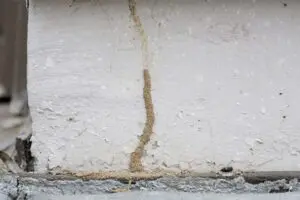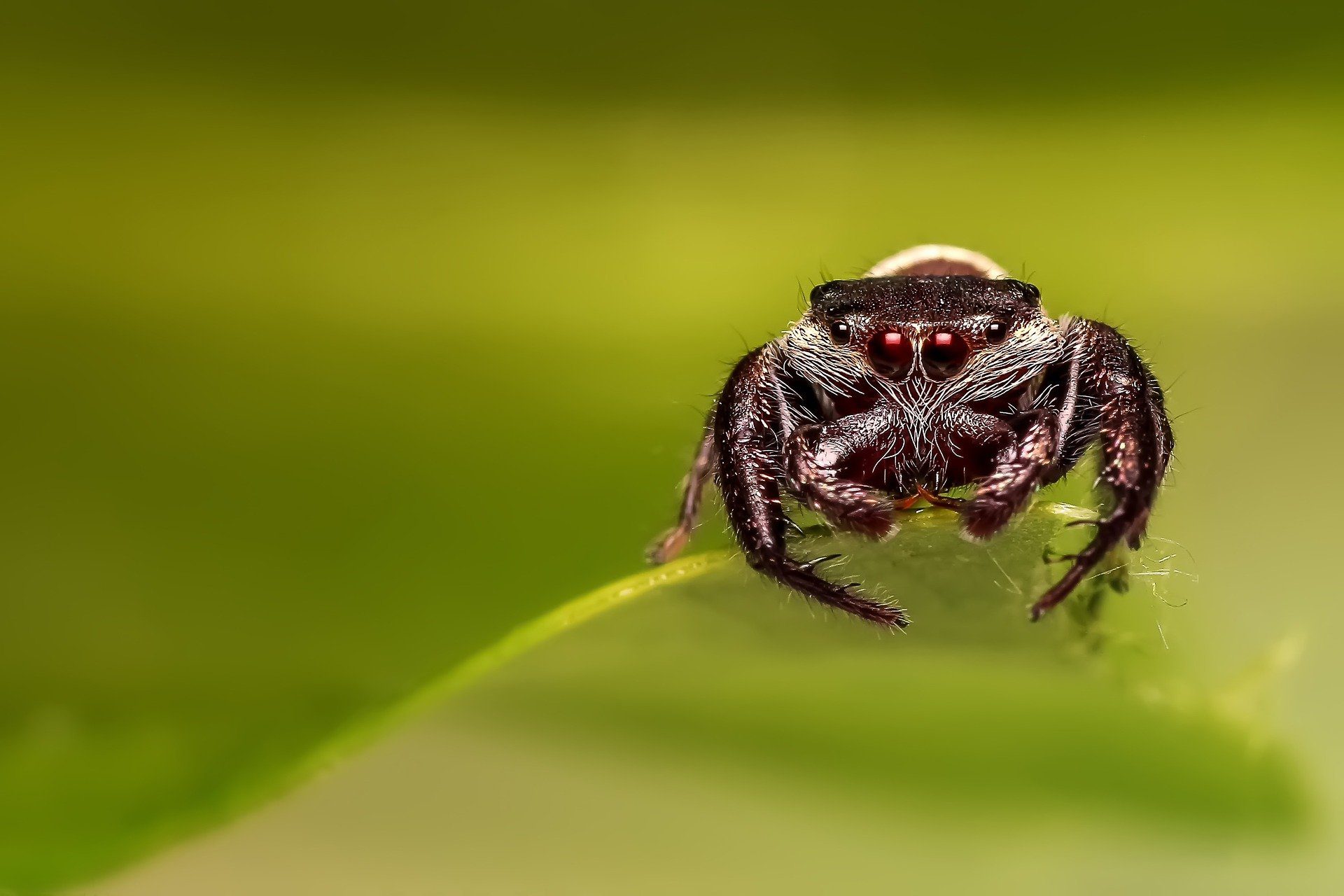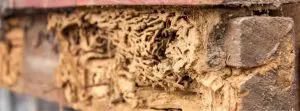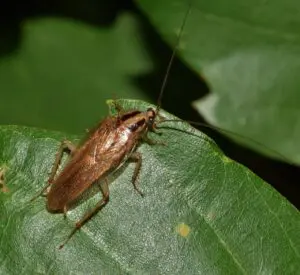

Peak spider season is once again in full swing! That may not be very exciting to most people, though, so to make spider season a little more interesting, we put together some fun facts about these eight-legged aggravations.
Spiders are everywhere
In fact, spiders inhabit every continent on earth except for Antarctica. They live in all types of habitats, from coastlines, to tall mountains. One species even lives 20,000 feet above sea level!
There are a LOT of spiders
Can you believe that there are over 45,000 species of spiders? It’s true! That means there are millions, possibly billions, of individual spiders on Earth. It is estimated that there are 25 million tons worth of them! Given this, the next fact may seem a little more believable.
A spider is always near
Near- as in no more than 10 feet away. That’s right! You may be creeped out to know that, according to research, you are always within 10 feet of a spider. The good news is that they are usually hiding in a crevice or corner, not eager to bother anyone.
Spider silk is strong
One characteristic that is shared by all species of spiders is the ability to spin silk and build strong spider webs. Spiders use different types of silk for different purposes, from building webs, to catching prey, to protecting eggs. Their silk is also extremely strong, believe it or not. It only seems weak to us because it is so thin. In reality, though, it is five times stronger than a steel strand of the same thickness. It is so strong, in fact, that a strand as thick as a standard pencil could stop an airplane mid-flight!
Spiders produce silk like a machine
Now, you may be thinking “’like a machine’ just means they’re efficient, right?” Well, they are indeed efficient, but the way they produce silk really does resemble a machine at work. A spider’s silk originates from its silk glands. It starts out as a watery gel-like substance that is funneled down a tapered tube. As it passes through the tube, coatings that add components like stickiness and water resistance, are added to the forming silk. When it reaches the end of the tube, it exits the spider’s body through tiny spigots. Each spigot has a motor-like valve that pulls out the silk. The gel will only solidify when it is stretched, which is why the motor-valves need to pull out the gel rather than the gel just being squeezed out. Who knew the silk making process was so complicated? And spiders make it look so simple!
Spiders curl up when they die
Have you ever noticed that dead spiders always have their legs all scrunched up? This is because spiders can pull their legs inwards, but their muscles will not allow them to extend their legs back out. They overcome this obstacle by pumping a liquid into their legs, forcing them to straighten out. However, when they die, there is no liquid being pumped into their legs, making their legs curl.
Jumping spiders are very agile
Oddly enough, their inability to use muscles to extend their legs actually works in jumping spiders’ favor. You see, they have a sort of internal hydraulic system courtesy of the fluid they pump into their legs to extend them. They can alter the pressure of this fluid when hunting or evading a predator. The sudden increase in pressure causes a spring-like motion which propels the spider forward very quickly. Jumping spiders can leap distances that are multiple times longer than their body length!
Spiders are nearsighted
Spiders either have eight or six eyes. Typically, they have one main set that they use for seeing objects, and the rest of their eyes are used to detect light and shadows. Despite having all of those eyes, they remarkably cannot see far distances. Believe it or not, though, their nearsightedness is not a deficiency for them. Spiders are quite adept at trapping their prey once they are close enough. They use tactics like hiding, setting up trip wires, and waiting for web movement to detect when their prey is near. It’s quite fortunate for spiders that they don’t need to see distances to catch prey- can you imagine what spider glasses would even look like?
Spiders have blue blood and blood pressure
Sounds too weird to be true, huh? Of course, there is a scientific explanation for it. In science class, we learn that humans have red blood because of the iron-filled molecule called hemoglobin, right? Well, spiders have a similar molecule in their blood, called hemocyanin, which is rich in copper rather than iron, causing spider blood to be blue in color.
Have you ever wondered what a spider’s blood pressure might be like? Research has shown that spiders have an open circulatory system, which means that their blood is not enclosed in blood vessels like in mammals. Instead, their blood flows freely throughout their body cavity and is pumped by a simple heart called a dorsal vessel which efficiently transports oxygen and nutrients throughout their body, allowing them to thrive in their environments.
One species does the YMCA
Male peacock spiders, as part of their mating ritual, will perform a dance to woo female peacock spiders. The dance looks suspiciously like the YMCA, and it is hilarious to watch! In addition to the dance itself, the colors on the spider’s abdomen make the dance quite captivating. Unfortunately for the male performing the dance, if the female doesn’t enjoy the spectacle, she will attempt to attack, kill, and eat the male. Talk about fatal attraction!
Spiders sure are interesting creatures, although these facts may not have made them any less creepy. Noticing a few too many uninvited arachnids in your home or business? Give Excel a call today and we’ll send one of our experts your way.
For more information regarding spiders take a look at our resource page here.






